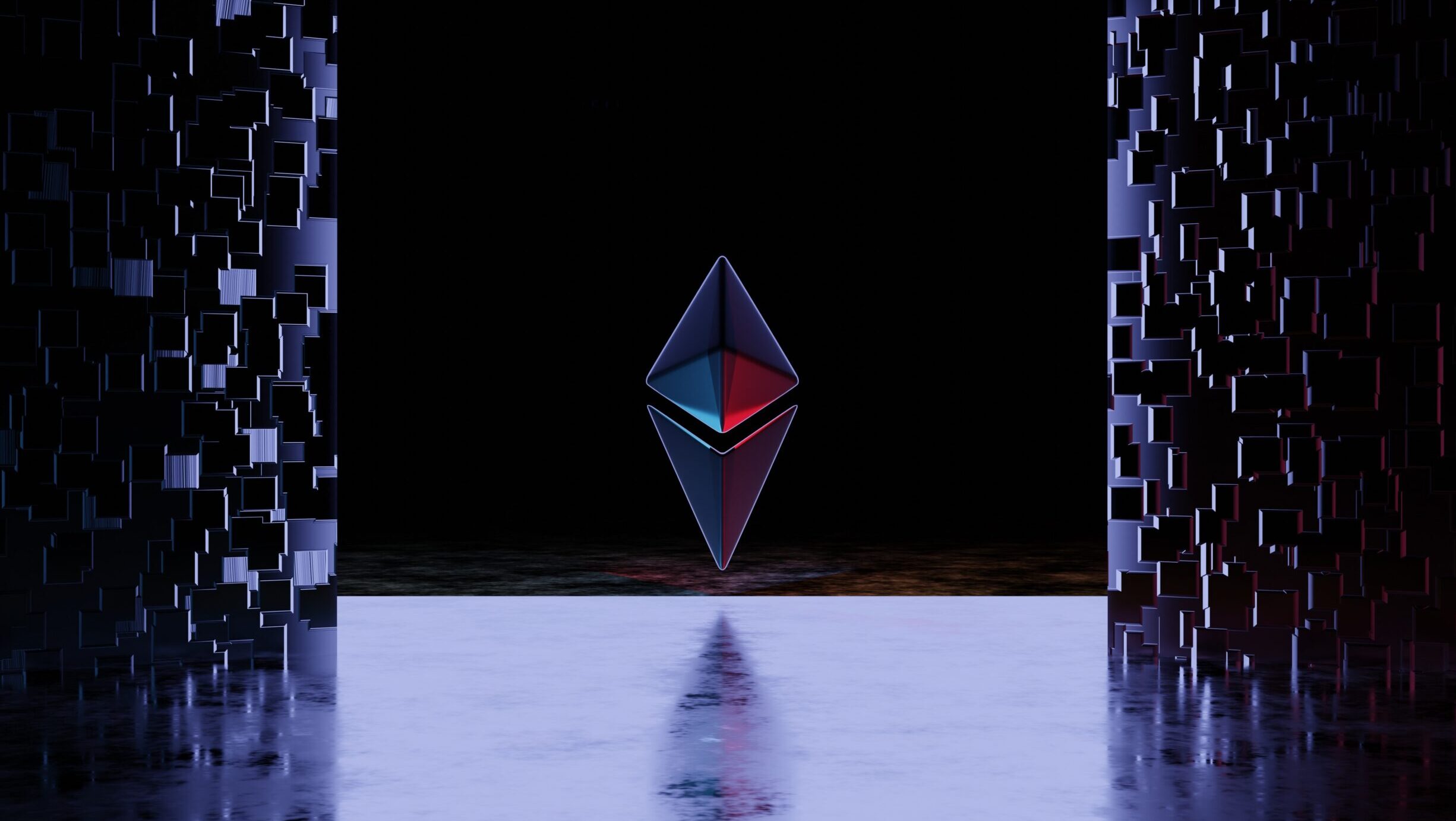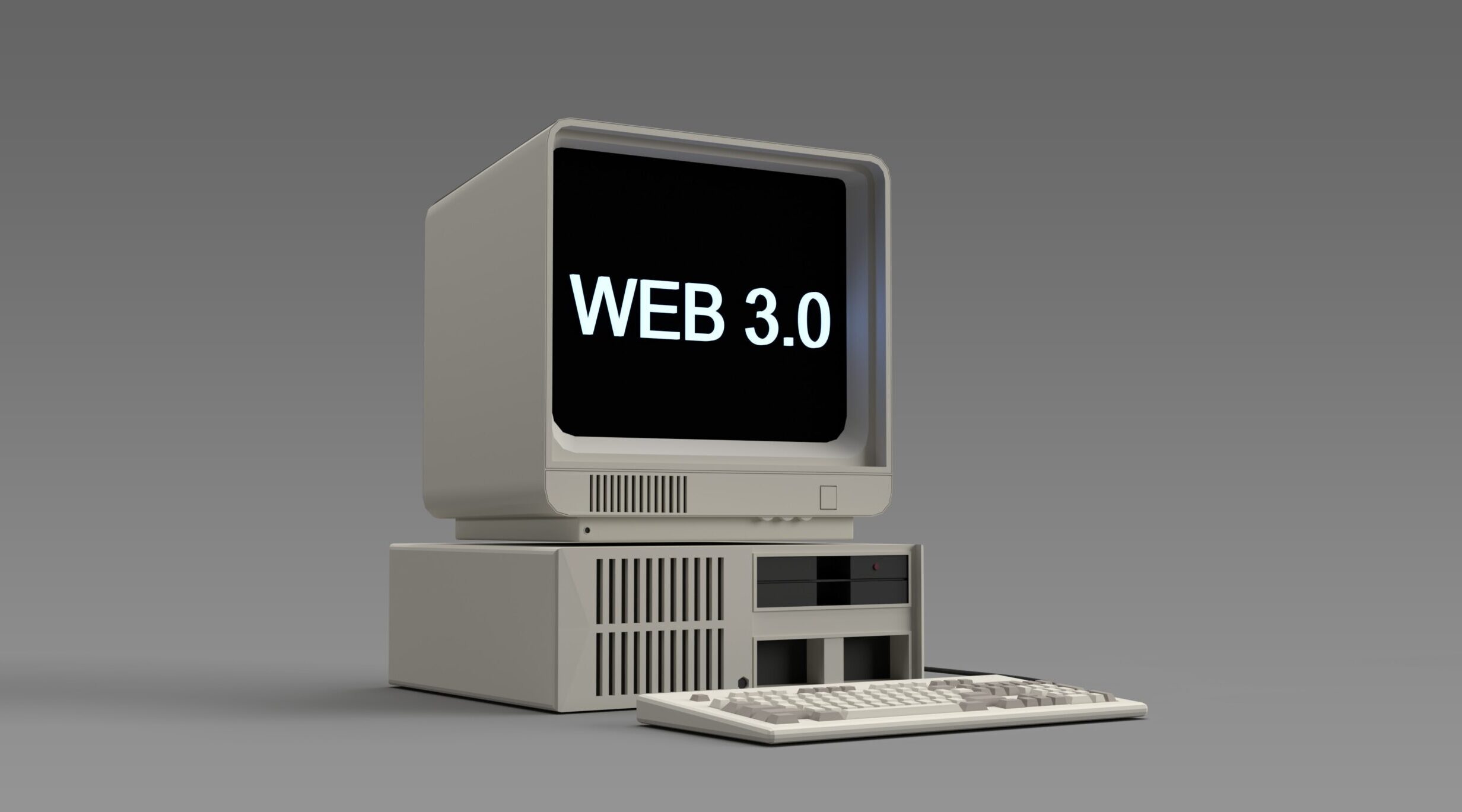We have entered the era of Web 3.0, a new phase that promises to revolutionize how we connect, communicate, and experience the online world. Gone are the days of static websites and limited interactions – Web 3.0 is set to change everything as we know it! So buckle up, because in this blog post we’ll explore what exactly Web 3.0 is all about, its different types, pros and cons, and most importantly, how you can prepare for this exciting paradigm shift in the digital landscape. Get ready to dive into an exhilarating journey towards a more immersive and interconnected online universe!
What is Web 3.0?
Web 3.0, often referred to as the “Semantic Web,” is the next evolutionary stage of the internet. It goes beyond simply connecting information and people; it aims to create an intelligent network that understands context, meaning, and relationships between data points.
In this new era, websites will no longer be static pages but dynamic entities that can communicate with each other seamlessly. The focus shifts from individual websites to a collective intelligence where machines can understand and process vast amounts of data in a more human-like way.
One of the key features of Web 3.0 is its ability to provide personalized experiences based on user preferences and behavior patterns. Imagine browsing the web without having to search for relevant content – instead, it finds you! This level of customization brings convenience and efficiency to our online interactions.
Another aspect of Web 3.0 is decentralization through blockchain technology. By removing central authorities, users gain greater control over their digital identities, data privacy, and transactions. The decentralized nature also promotes transparency and eliminates single points of failure or censorship.
While Web 3.0 opens up exciting possibilities for innovation and connectivity, there are challenges as well. The immense amount of data generated requires robust security measures to protect against cyber threats and ensure user trust in this new ecosystem.
Web 3.0 represents a paradigm shift towards a smarter internet infrastructure that enhances our digital experiences by leveraging advanced technologies like artificial intelligence (AI), machine learning (ML), big data analytics, IoT devices – all working together harmoniously towards a more interconnected future.
The Different Types of Web 3.0
In the ever-evolving world of technology, Web 3.0 is poised to revolutionize how we interact with the internet. But what exactly does it entail? Let’s dive into the different types of Web 3.0 and explore the possibilities that lie ahead.

One aspect of Web 3.0 is known as the Semantic Web. This type focuses on enhancing machine-to-machine communication by enabling data to be understood and interpreted by computers more effectively. By utilizing standardized formats like RDF (Resource Description Framework) and OWL (Web Ontology Language), machines can process information in a more intelligent and connected manner.
Another facet of Web 3.0 is the Decentralized Web, which aims to eliminate reliance on central authorities like governments or corporations by distributing power across a network of peers. Blockchain technology plays a significant role here, providing transparency, security, and immutability for various applications such as decentralized finance (DeFi) platforms or peer-to-peer marketplaces.
Furthermore, there is also an emphasis on personalized experiences through Contextual Computing in Web 3.0. This involves leveraging user data along with AI algorithms to deliver tailored content based on individual preferences and context-specific factors like location or time.
Extended Reality (XR) encompasses virtual reality (VR), augmented reality (AR), and mixed reality (MR). These immersive technologies offer new ways for users to engage with digital content seamlessly, blurring the lines between physical and virtual worlds.
As we move into this new era of web development, these various types of Web 3.0 will shape our online experiences in unprecedented ways. Whether it’s smarter machines communicating with each other or personalized content delivered directly to us – one thing is certain: our digital landscape will never be the same again!
Pros and Cons of Web 3.0
The introduction of Web 3.0 brings with it a range of benefits and drawbacks that are worth considering. On the positive side, one major advantage is the increased personalization and customization that users can experience. With more intelligent algorithms and advanced data analysis techniques, websites will be able to tailor content specifically to each individual user’s preferences and needs.
Another benefit of Web 3.0 is its potential to enhance collaboration and communication on a global scale. This could revolutionize industries such as healthcare, education, and business by allowing experts from different parts of the world to collaborate in real-time without any geographical barriers.
However, there are also some concerns associated with Web 3.0. One issue is privacy and security risks. As more data is collected about individuals for personalized experiences, there is an increased risk of this information being mishandled or falling into the wrong hands.
Additionally, there may be challenges related to accessibility for certain groups or regions that do not have reliable internet connectivity or access to cutting-edge technologies needed for Web 3.0 interactions.
While Web 3.0 holds great promise in terms of personalization and collaboration, careful consideration must be given to address privacy concerns and ensure equitable access for all users before fully embracing its potential impact on society.
What Will Change with Web 3.0?
Web 3.0 is not just an upgrade of the current web, but a whole new paradigm that will reshape how we interact and share information online. With Web 3.0, there will be significant changes in various aspects of our digital lives.
One major change with Web 3.0 is the shift towards decentralized platforms and applications. Instead of relying on centralized servers owned by big companies, Web 3.0 will enable peer-to-peer interactions through blockchain technology. This means greater privacy and control over personal data as users become the owners of their own information.
Artificial intelligence (AI) will play a crucial role in shaping the future of the web. AI algorithms will power personalized experiences tailored to each user’s preferences and needs. From smart virtual assistants to intelligent search engines, AI-driven technologies will enhance efficiency and convenience in navigating the vast amount of online content.
Furthermore, Web 3.0 will bring about immersive experiences through augmented reality (AR) and virtual reality (VR). Users can expect more interactive websites and applications that blur the line between physical and digital realms. Imagine attending meetings or exploring new places without leaving your home!
Moreover, e-commerce is set to undergo a transformation with Web 3.0 capabilities such as frictionless micropayments using cryptocurrencies and seamless integration across multiple platforms.
Accessibility to information may improve significantly with semantic search capabilities offered by Web 3.0 technologies like natural language processing (NLP). Finding relevant content amidst an ever-expanding sea of information could become less daunting as search engines understand context better than ever before.
Web 3.0 holds immense potential for revolutionizing how we use the internet today – from decentralized platforms empowering individuals to AI-driven personalized experiences and immersive technologies like AR/VR transforming our digital interactions.
How to Prepare for Web 3.0
With the advancement of technology, it is inevitable that Web 3.0 will soon take over our online experiences. So, how can we prepare ourselves for this next phase of the web? Here are a few steps you can take to ensure you’re ready.
First and foremost, stay informed. Keep up with the latest trends and developments in technology and the web industry. Follow tech blogs, attend conferences, and engage in discussions with experts in the field. By staying informed, you’ll be better equipped to understand and adapt to the changes that Web 3.0 brings.
Next, focus on enhancing your digital skills. As Web 3.0 introduces new technologies like artificial intelligence and blockchain, having a strong foundation in these areas will give you an edge. Look for online courses or workshops where you can learn these skills or consider joining communities where you can collaborate with others who share your interests.
Additionally, embrace data privacy and security practices. With greater connectivity comes increased risks of data breaches and cyber threats. Take proactive measures to protect your personal information online by using strong passwords, enabling two-factor authentication, and being cautious about sharing sensitive data.
Moreover, be open-minded towards new ways of interacting with technology on the web. From augmented reality to voice assistants, Web 3.0 will bring forth innovative ways for users to engage with content online. Embrace these advancements and explore how they can enhance your personal or professional life.
Lastly but importantly , don’t forget about user experience (UX). As websites become more interactive through AI-driven chatbots or personalized recommendations based on machine learning algorithms , it’s crucial for businesses to prioritize UX design principles . Make sure your website is intuitive , responsive across different devices ,and provides valuable content .

Preparing for Web 3 .0 requires continuous learning , adaptability,and embracing technological advancements . Stay informed about emerging trends , develop relevant digital skills,carefully manage data privacy concerns,and focus on delivering an exceptional user experience . By taking these steps, you’ll be
Alternatives to Web 3.0

While the concept of Web 3.0 holds a lot of promise and potential, it is important to remember that it is not the only path for the future of the web. There are alternative approaches being explored that may offer different solutions to some of the challenges we face today.
One such alternative is decentralized web platforms, which aim to empower users by giving them more control over their data and online experiences. These platforms often utilize blockchain technology or other decentralized systems to distribute data across multiple nodes, reducing dependence on centralized servers.
Another approach gaining traction is what some refer to as “smarter” AI-driven algorithms. Instead of relying solely on user input and traditional programming techniques, these algorithms have the ability to learn from vast amounts of data and make intelligent decisions based on context.
Additionally, there is also ongoing research in areas such as virtual reality (VR), augmented reality (AR), and mixed reality (MR), which could potentially redefine how we interact with digital content in a three-dimensional space.
It’s important to keep an open mind when considering alternatives to Web 3.0 because innovation often comes from unexpected directions. The future of the web will likely involve a combination of various technologies and approaches working together harmoniously rather than one single solution dominating all others.
As exciting as Web 3.0 may sound, it’s worth remembering that significant changes take time and adoption can be slow. It will require collaboration between developers, businesses, governments, and individuals alike for any new paradigm shift in technology or infrastructure to truly take hold.
So whether it’s through advancements in decentralization, smarter AI algorithms or emerging immersive technologies like VR/AR/MR – one thing remains clear: The evolution of the web will continue unabated towards newer horizons where creativity knows no bounds!
And with that thought in mind let us eagerly await what lies ahead – keeping our eyes peeled for any signs pointing towards an exciting future where the web will change everything once again.
